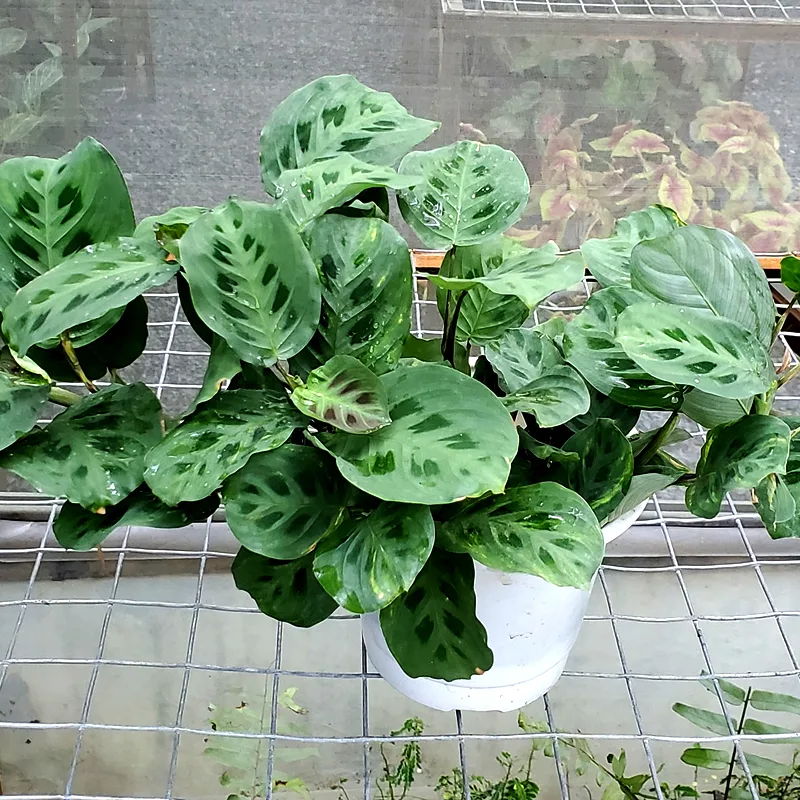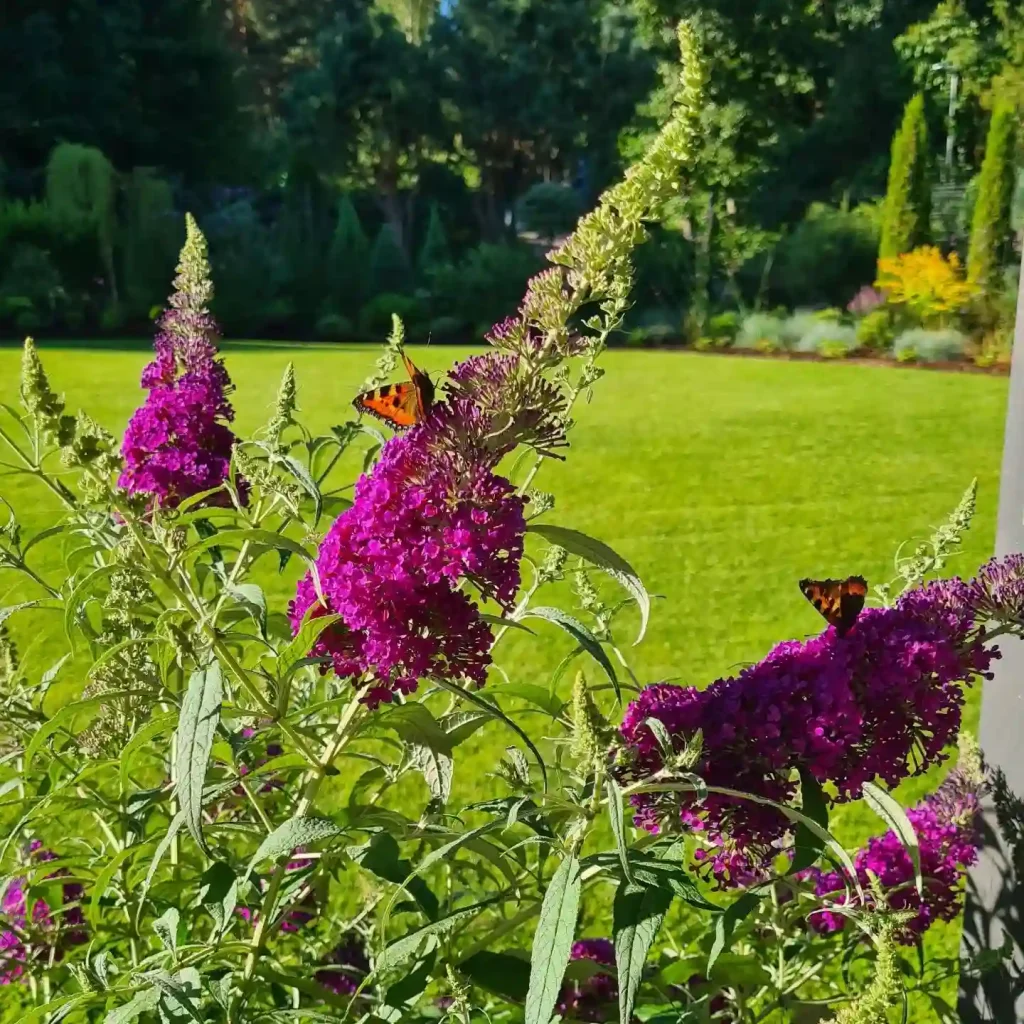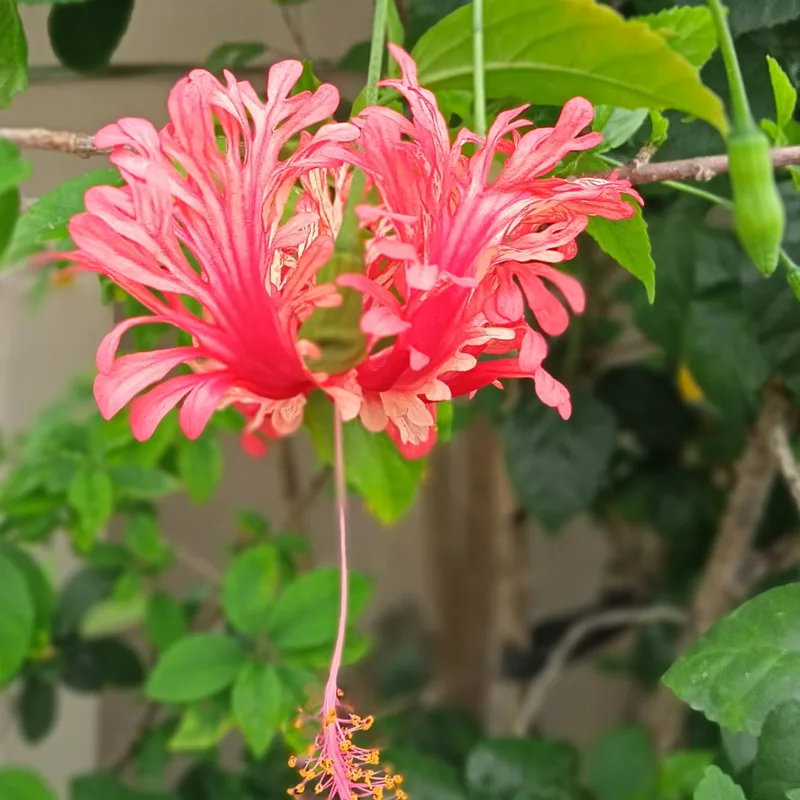What is Cattleya Trianae?
Cattleya Trianae, often referred to as the “Christmas Orchid”, is a stunning species native to Colombia. It is known for its large, vibrant blooms that can range from purple to pink and sometimes even white. This orchid is celebrated for its fragrant flowers, which add a touch of elegance to any space. It’s a popular choice among orchid enthusiasts and gardeners alike for its beauty and relatively straightforward care requirements.
236 Species in Genus Cattleya
How to Grow Cattleya Trianae?
Growing Cattleya Trianae can be a rewarding experience if you follow a few key guidelines. Here’s a comprehensive guide based on my own experience:
Light Requirements
Cattleya Trianae thrives in bright, indirect light. Ideally, it should receive morning sunlight or bright, filtered light throughout the day. Direct afternoon sun can scorch the leaves, so be cautious about its placement.
Temperature and Humidity
This orchid prefers temperatures between 60-85°F (15-29°C). It’s quite adaptable but does best with a consistent temperature range. Humidity is also crucial; aim for 50-60% humidity. You can use a humidity tray or a room humidifier to maintain the right moisture levels.
Watering and Fertilizing
Watering should be done when the top inch of the soil feels dry. Overwatering can lead to root rot, so ensure that the potting mix drains well. Fertilize every 2-4 weeks during the growing season with a balanced orchid fertilizer. Reduce feeding during the dormant period in winter.
Potting Mix
Use a well-draining potting mix, such as a blend of bark, perlite, and sphagnum moss. This mixture allows for excellent air circulation around the roots, which is essential for the health of your orchid.
How to Pronounce Cattleya Trianae?
The pronunciation of Cattleya Trianae can be a bit tricky if you’re not familiar with botanical terms. It is pronounced as “CAT-lee-uh tree-AH-nee.” Breaking it down into syllables can help with correct pronunciation: CAT-lee-uh (Cattleya) and tree-AH-nee (Trianae).
Are Cattleya Trianae Used During Christmas?
Yes, Cattleya Trianae is often associated with Christmas due to its festive bloom time and vibrant colors. Its flowers typically appear around the holiday season, making it a popular choice for holiday decorations and gifts. The orchid’s bright and beautiful blossoms add a touch of elegance to any Christmas arrangement.
How to Care for Cattleya Trianae?
Caring for Cattleya Trianae involves a few key practices:
Watering
Ensure that you water the plant adequately but avoid waterlogging. A good rule of thumb is to water when the top inch of the potting mix feels dry.
Fertilizing
Regular feeding with a balanced orchid fertilizer helps maintain healthy growth and vibrant blooms. Follow the manufacturer’s instructions for best results.
Repotting
Repot your Cattleya Trianae every 2-3 years or when it outgrows its pot. This helps refresh the potting mix and provides more space for root growth.
Pest Control
Keep an eye out for common orchid pests like spider mites and scale. Regular inspection and appropriate treatments can prevent infestations.
How to Propagate Cattleya Trianae?
Propagation of Cattleya Trianae is usually done through division. Here’s a step-by-step guide:
- Select a Mature Plant: Choose a plant with multiple growths or pseudobulbs.
- Divide the Plant: Carefully separate the pseudobulbs, ensuring each division has roots and growths.
- Repot: Plant each division in a new pot with fresh orchid potting mix.
What to Plant With Cattleya Trianae?
Cattleya Trianae can be paired with other orchids like Phalaenopsis or Oncidium, which have similar light and humidity needs. Additionally, it can be placed alongside other tropical plants that complement its growth requirements.
Can You Grow Cattleya Trianae Indoors?
Yes, Cattleya Trianae is well-suited for indoor growing. It requires bright, indirect light and consistent humidity, which can be managed easily indoors with the right conditions. Ensure it gets enough light and proper air circulation to thrive.
Is Cattleya Trianae Toxic?
Cattleya Trianae is not considered toxic to humans or pets. However, as with any plant, it’s a good practice to keep it out of reach of small children and pets to avoid any accidental ingestion.
Benefits of Cattleya Trianae
The Cattleya Trianae offers numerous benefits:
- Aesthetic Appeal: Its large, colorful blooms add beauty to any space.
- Fragrance: The orchid emits a pleasant fragrance, enhancing its appeal.
- Ease of Care: With proper conditions, it is relatively easy to care for compared to some other orchids.
Common Problems with Cattleya Trianae
Some common issues include:
- Root Rot: Often caused by overwatering or poor drainage. Ensure proper watering practices and well-draining potting mix.
- Leaf Spots: Can be due to insufficient light or humidity. Adjust light levels and increase humidity as needed.
Compare with Similar Orchids
Cattleya Trianae is often compared to other Cattleya species, such as Cattleya Labellum or Cattleya Intermedia. While all Cattleyas share some similarities, Cattleya Trianae is distinguished by its specific bloom time, fragrance, and vibrant colors.
In summary, Cattleya Trianae is a magnificent orchid that can brighten up any space with its stunning blooms. With the right care and conditions, it can be a delightful addition to your plant collection, whether you’re growing it indoors or using it to enhance your Christmas decorations.
If i die, water my plants!



